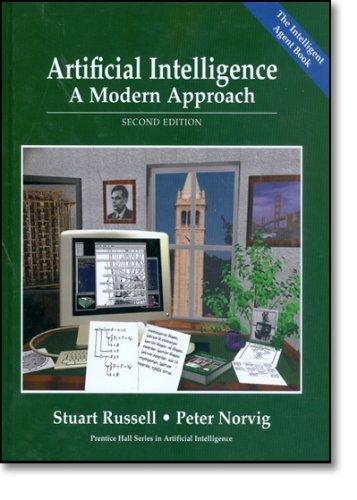On page 108, we defined the relaxation of the &-puzzle in which a tile can move from
Question:
On page 108, we defined the relaxation of the &-puzzle in which a tile can move from square A to square B if B is blank. The exact solution of this problem defines Gaschnig's heuristic (Gaschnig, 1979). Explain why Gaschnig's heuristic is at least as accurate as hl
(misplaced tiles), and show cases where it is more accurate than both hl and h2 (Manhattan distance). Can you suggest a way to calculate Gaschnig's heuristic efficiently?
Fantastic news! We've Found the answer you've been seeking!
Step by Step Answer:
Related Book For 

Artificial Intelligence: A Modern Approach
ISBN: 9780137903955
2nd Edition
Authors: Stuart Russell, Peter Norvig
Question Posted:






